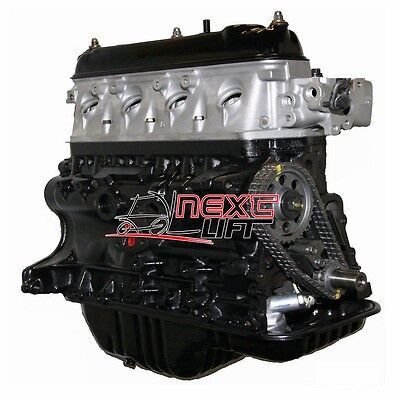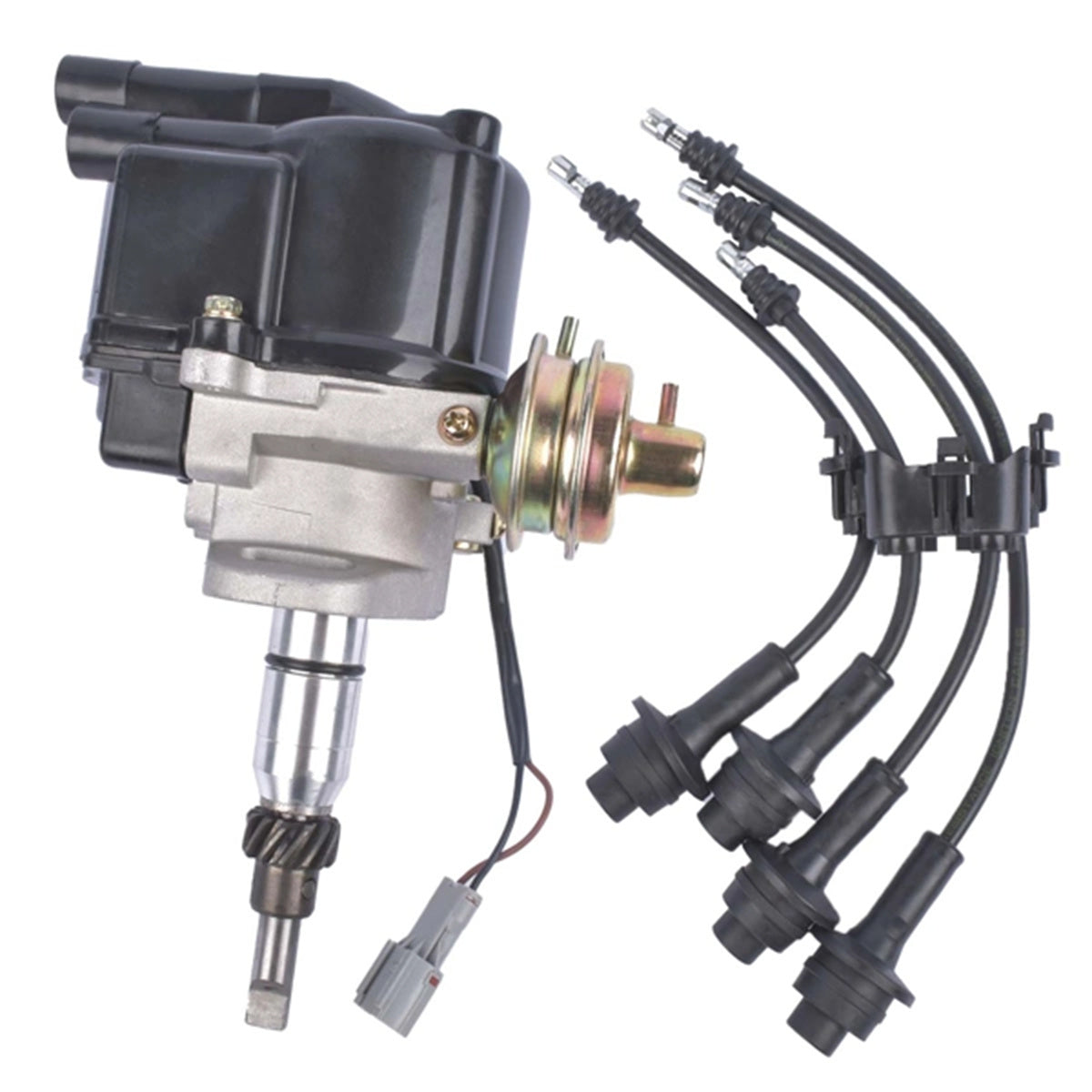The Role of the 4Y Engine in the Automotive Industry’s Evolution
The Role of the 4Y Engine in the Automotive Industry’s Evolution
Blog Article
Discovering the Numerous Kinds of Engine: Which One Fits Your Needs?
In the quest to identify the most appropriate engine kind for your details needs, it is crucial to assess the unique attributes and advantages of each choice readily available. Inner burning engines proceed to control because of their dependability, while electrical engines are getting traction for their sustainability. Hybrid engines provide a versatile compromise, and diesel engines stand out for their power popular applications. In addition, alternate fuel engines present innovative solutions, albeit with particular constraints. Recognizing your concerns will contribute in this decision-making process, bring about an expedition of aspects that may influence your selection.

Inner Combustion Engines
Internal burning engines (ICEs) are the backbone of modern-day transport, powering a large selection of automobiles from automobiles to airplanes. These engines operate the principle of transforming fuel right into power via a series of controlled explosions within a combustion chamber. The most common sorts of ICEs include gasoline engines, diesel motor, and rotary engines, each designed to satisfy specific efficiency and efficiency requirements.
Gasoline engines typically use spark ignition, while diesel engines count on compression ignition, leading to distinctive differences in gas efficiency and power outcome (4y engine). Rotating engines, or Wankel engines, provide a portable design and smooth operation, yet are less frequently made use of in mainstream applications
ICEs have gone through significant improvements in modern technology, including the introduction of turbocharging and gas shot systems, which enhance general performance and performance. In spite of their effectiveness renovations, ICEs face enhancing examination as a result of their environmental impact, especially pertaining to greenhouse gas emissions. As the automobile market advances, the future of ICEs continues to be a topic of argument, balancing performance, effectiveness, and ecological factors to consider. Nonetheless, they remain to play an important duty in international transport framework.
Electric Engines
As worries regarding environmental sustainability and nonrenewable fuel source dependency expand, electrical engines have actually become a compelling choice to inner burning engines. These engines use electric motors powered by batteries or fuel cells, providing a cleaner and extra efficient ways of propulsion.
Among the primary benefits of electrical engines is their lowered exhausts. Unlike traditional engines that melt fossil gas, electric engines produce absolutely no tailpipe discharges, considerably lowering air contamination and contributing to improved public wellness. Furthermore, the efficiency of electrical motors typically surpasses that of inner combustion engines, transforming a higher proportion of power from the power source right into functional power for motion.
Electric engines are also significant for their quiet procedure, making them excellent for metropolitan settings. 4y engine. The simplicity of their layout leads to less moving components, which can lead to lowered maintenance expenses and increased dependability over time
Nevertheless, challenges stay, consisting of battery production effects, billing facilities, and array limitations. In spite of these difficulties, the growing financial investment in electrical vehicle innovation and renewable resource resources points toward an appealing future for electrical engines, positioned to play a critical role in the shift towards lasting transportation.
Hybrid Engines
Mixing the benefits of both electric and conventional internal combustion engines, hybrid engines stand for a versatile remedy in the quest for effective and lasting transport. These engines combine a gas or diesel motor with an electrical motor, allowing for improved fuel effectiveness and minimized exhausts compared to conventional cars.
Hybrid engines operate in a number of settings, making use of the electrical motor for low-speed driving and the internal burning engine for greater rates or when even more power is required. This vibrant procedure not just enhances fuel economy but additionally adds to a smoother driving experience. Regenerative braking is another important feature, recording energy generally lost during braking and redirecting it to reenergize the battery.

As customers progressively prioritize eco-friendliness, crossbreed engines stick out as a useful selection, using an efficient balance of efficiency, efficiency, and ecological obligation. This adaptability makes them ideal for metropolitan commuting and long-distance traveling alike.
Diesel Engines
Performance and power are trademarks of diesel motor, which have long been preferred for their toughness and fuel economic situation. These engines operate on the concept of compression ignition, where air is compressed to a heat before gas is injected, sparking it without the need for ignition system. This process allows diesel motor to accomplish greater thermal efficiency contrasted to gasoline engines, equating into better gas gas mileage and lower co2 emissions.
Diesel engines are particularly fit for sturdy applications such as trucks, buses, and industrial equipment, where torque and durability are critical. Their layout additional info typically includes stronger elements to hold up against the greater pressures generated during operation, leading to longer solution life and lowered upkeep costs.

Alternative Gas Engines
While diesel motor have long dominated the landscape of sturdy power resources, alternate fuel engines are gaining grip as feasible choices for a more lasting future. These engines use a variety of gas, such as pressed natural gas (CNG), ethanol, propane, and hydrogen, intending to minimize greenhouse gas emissions and dependence on nonrenewable fuel sources.
One significant benefit of alternate gas engines is their prospective to lower carbon impacts. For example, CNG engines produce less contaminants contrasted to conventional diesel motor, making them appropriate for urban transportation systems and fleets seeking to improve air quality. Ethanol, derived from biomass, not only lowers discharges yet also sustains farming economic climates.
Hydrogen gas cells represent a sophisticated development in this realm, supplying zero-emission power through a chain reaction in between hydrogen and oxygen. However, difficulties such as framework development and production prices continue to be obstacles to extensive fostering - 4y engine.
Conclusion
Finally, picking the ideal engine type necessitates mindful consideration of particular requirements and choices. Inner burning engines supply reliability, while electric engines prioritize sustainability and decreased maintenance. Hybrid engines integrate the benefits of both, improving performance, whereas diesel motor give superior power and torque for heavy-duty applications. Alternate fuel engines present eco-friendly options, albeit with prospective facilities difficulties. Eventually, a detailed evaluation of driving routines and ecological worths will assist in a notified decision concerning engine selection.
Crossbreed engines use a versatile compromise, and diesel engines stand out for their power in requiring applications. The most typical types of ICEs consist of fuel engines, diesel engines, and rotary engines, each designed to fulfill certain performance and efficiency demands.
Unlike standard engines that shed fossil my explanation fuels, electrical engines produce absolutely no tailpipe exhausts, substantially lowering air contamination and contributing to improved public health and wellness.Hybrid engines run in a number of modes, using the electric motor for low-speed driving and the inner combustion engine for greater speeds or when even more power is needed. Crossbreed engines integrate the advantages of both, improving efficiency, whereas diesel engines give remarkable power and torque for heavy-duty applications.
Report this page